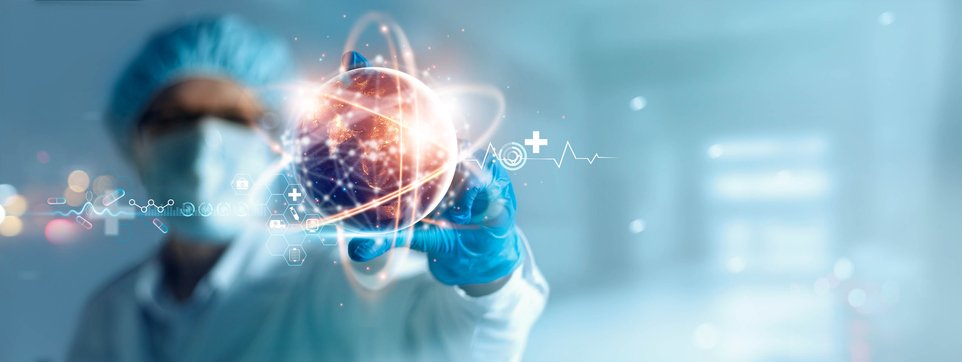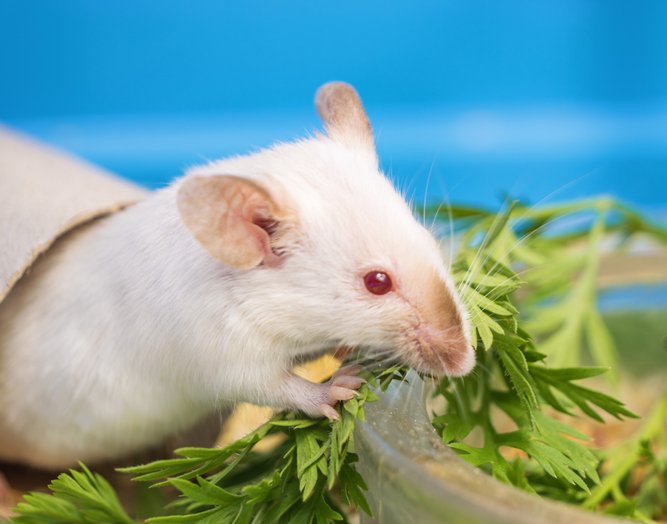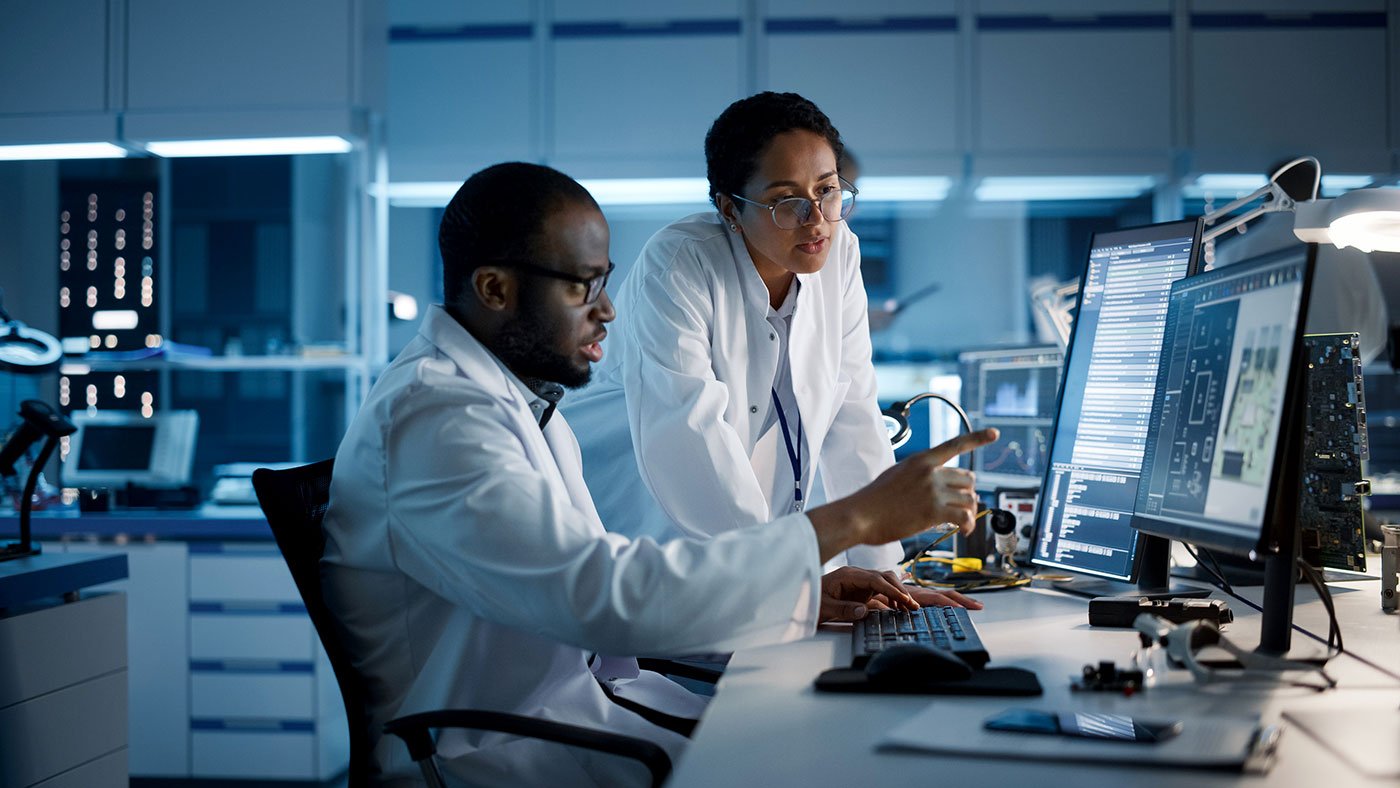A research group is improving digital twins of entire biomanufacturing processes by making existing datasets work harder. The team, now based in the Laboratory of Advanced Manufacturing Process (LAMP) at Seoul National University, is using manufacturing data collected over the last eight years—much of it originally conducted at the Massachusetts Institute of Technology (MIT)—to find the best possible end-to-end model.
“There’s a lot of interest in developing these mathematical models, called digital twins, to bioprocessing, and what we [traditionally] did was use simple statistics, what’s called a data-driven model,” explains Moo Sun Hong, PhD, an assistant professor at Seoul National University, who is due to speak at the 17th Annual Bioprocessing Summit in Boston.
“Now we have many more opportunities in the form of AI models, but manufacturing data isn’t as rich as that for other applications of machine learning, so we have to be careful what type of model we apply.”
Seeking best possible model
The team’s work focuses on generating the best possible model from the type of data available. According to Hong, there are two aspects to their recent work. Process data analytics is an automated program that analyzes process data characteristics and tries to recommend the most suitable model.
A second piece of research investigates how to combine data only measured once or twice, such as batch data, with measurements made as a time series throughout the manufacturing process.
“For us to develop a more effective model, it is very important to discover an efficient way to combine these data and apply them to modeling techniques,” he explains.
Examples of Critical Quality Attributes (CQAs) that the team has looked at include the product-related impurity characteristics of a monoclonal antibody (mAb), obtained from data collected right through the manufacturing process, from bioreactor to chromatography column.
“With this manufacturing dataset, there was a slight variation in these product-related quantities, but [the company] didn’t know the exact root cause,” he says.
“And with our not simple, but elegant approach, we were able to see, for example, that more of the variation came from the upstream bioreactor, whereas, for [a] second product, more of the variation arose in the downstream part.”
The team is now aiming to continue and improve their work, to deal with the new state-of-the-art data-driven models coming out, Hong says.
The post Getting End-to-End Digital Twins to Work Harder appeared first on GEN – Genetic Engineering and Biotechnology News.




